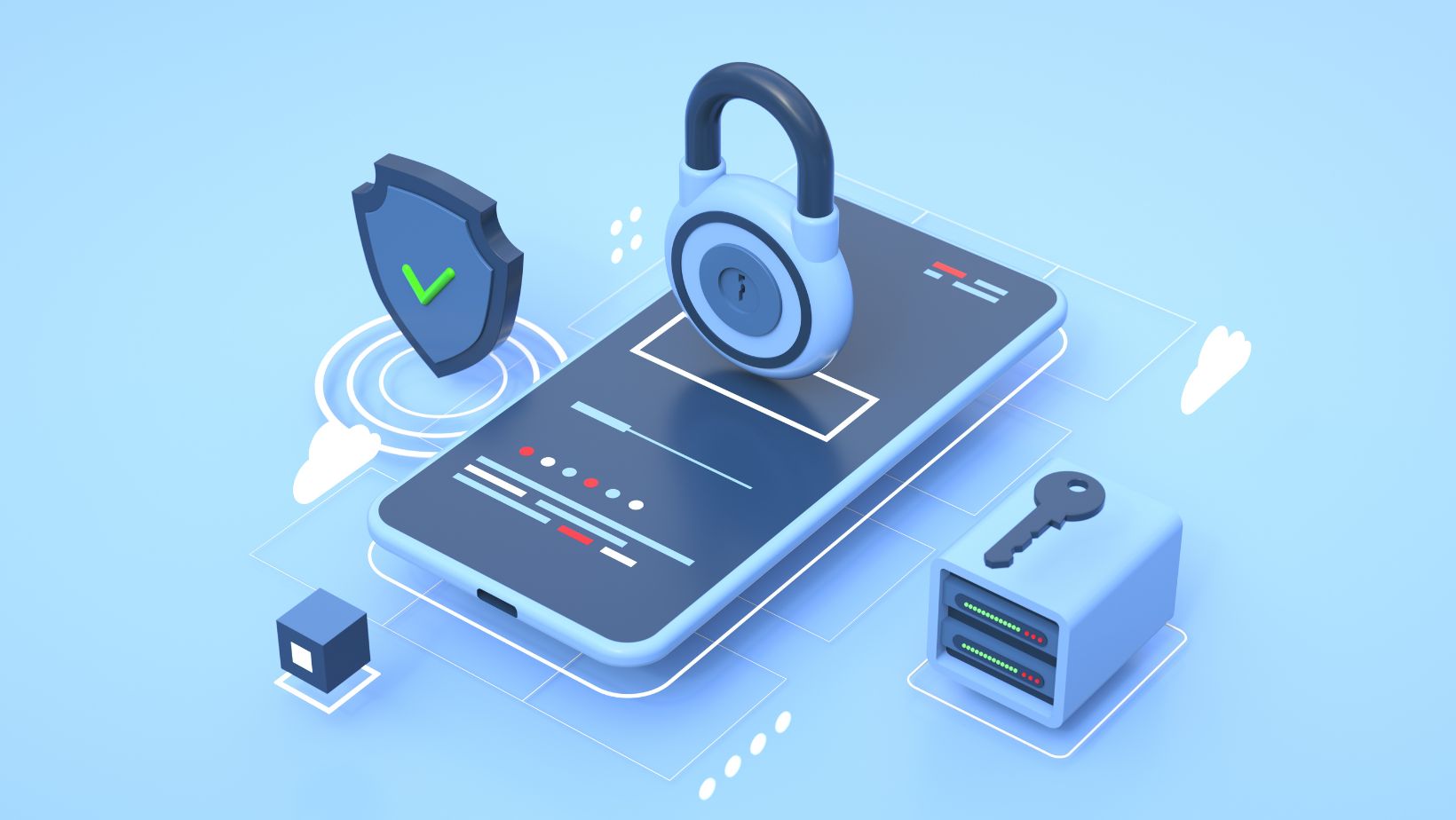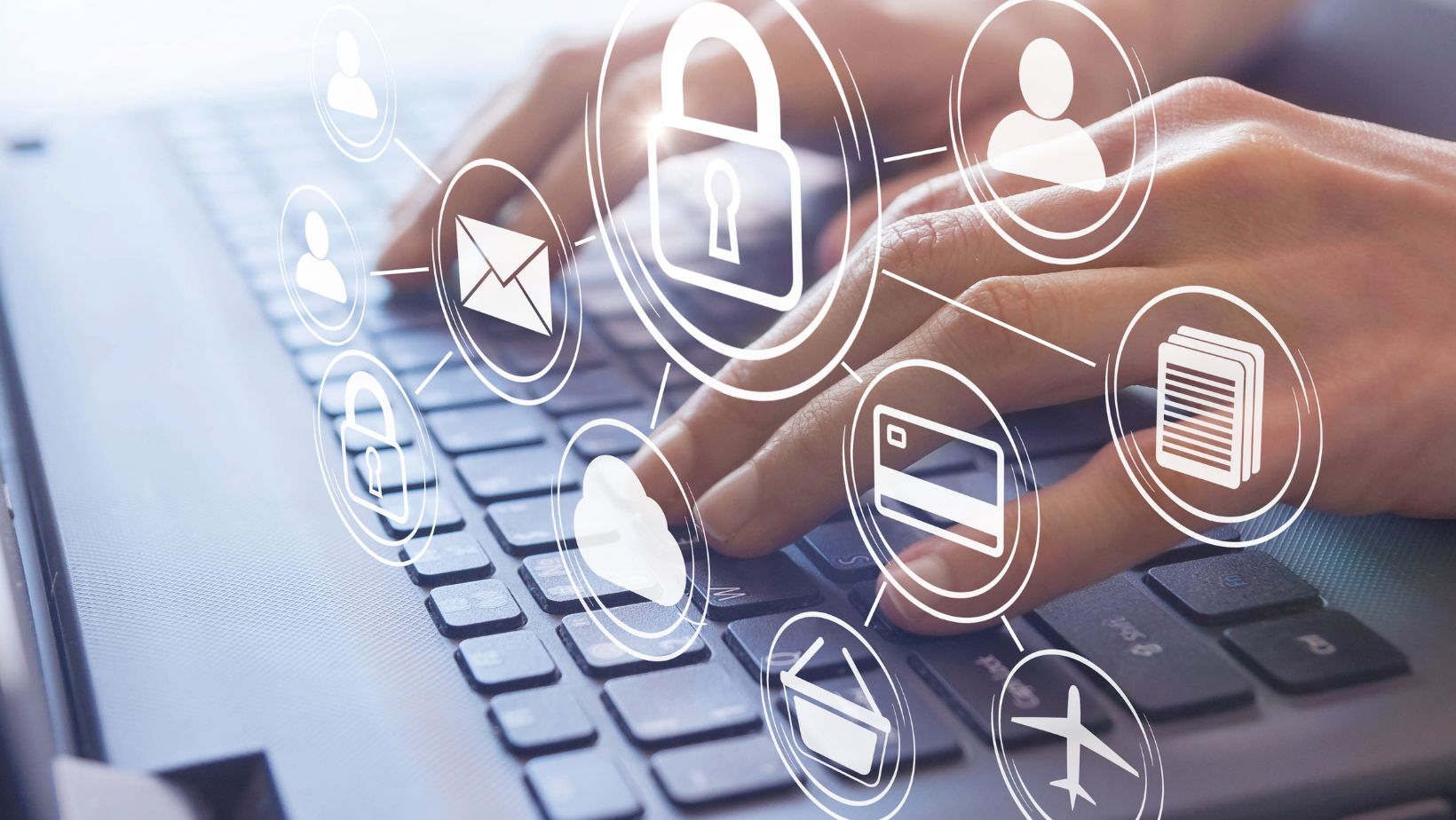In the fast-evolving landscape of online finance, the need for cybersecurity measures has never been more urgent. Cyber threats are on the rise, as only in 2022 there were more that 250% more threats than in the previous year. That does not come as a surprise, as a typical data breach can cost as much as 5 billion US dollars. Hackers find their victims in businesses and in individuals, often multi-layering their attacks.
Table of Contents
ToggleIntroduction
Digital age has given us freedom to do business and manage assets via the internet, but we must never forget about the dark shadows of cyber attacks. It is estimated that cybercriminals will cost the world 10.5 trillion dollars annually by 2025. This isn’t just a number; it’s a wakeup call.
It is said that there are two types of companies: ones that have experienced a data breach and the ones that will in the future. In this blog post, we give a step by step guide on how to secure your digital kingdom, offering practical insights, real-world examples, and actionable advice.
Strengthen Your Passwords
Research has shown that a significant portion of cyber breaches occurs because of weak or compromised passwords. In order to protect your data from all kinds of unwanted visitors, your passwords need to be long and complex enough. Hackers use a multitude of modern tools, so it’s of utmost importance to make your passwords unbreachable.
In order to be hard to crack, your passwords need to be at least 8 characters long. You also need to make sure that they are not words from the dictionary, rather a complex line of letters and digits. Try to include special characters like # and $.
Now, all you have to do is generate one for every account that you use. Easy. Imagine your name is Jack, and you need a password for your Facebook account that you opened when you were 23. The password could be something like This Is Jack’s Facebook Account Years 23 – jinfay23$
However, it’s human to forget, and we always suggest using a password manager to do this for you. A password manager creates these long and complex passwords for every account and stores them so you don’t have to remember them. The best part is that you can use one password manager on multiple devices. Here, you can check the 10 password managers in 2023. Make sure to look into specifications and get one that suits your needs.
Regularly Update Software And Systems
Using software that isn’t up-to-date is an accident just waiting to happen. A big part of software updates is security patches. By updating regularly, you protect your computer from all the security threats developers made security patches for. This especially goes for your computer system’s updates.
It’s always best to enable automatic updates where possible and check for updates on all devices and systems. This simple task can plug potential security holes and enhance overall cybersecurity.

Enable Two-factor Authentication
Only using your password sometimes just isn’t enough. A skilled hacker using password cracking software can probably find their way through the most complex passwords.
Two-factor authentication incorporates a traditional login and password with authentication from a different device, usually a mobile phone. This way, if someone manages to find out your username and crack your carefully crafted password, they will be stopped in their tracks before entering your profile. If someone tried to enter your profile without your knowledge, you would be immediately notified on your mobile phone, asking if it was you.
Develop an Incident Response Plan
Despite the best preventive measures, incidents are always possible. The only way to stay ahead is to craft a well-defined incident response plan. The steps required to craft an incident response plan for your needs depend on the level and size of your financial institution. However, it would help if you had a developed and comprehensive plan that outlines roles, responsibilities, and communication strategies in the event of a cybersecurity incident.
Secure Wi-Fi Networks
Collecting personal information, identity theft, compromised financial data, or simply spying are only some of the risks of using unprotected Wi-Fi networks. Some of the strategies hackers use to attack devices connected to a not secured Wi-Fi network are piggybacking, wardriving, evil-twin attacks, shoulder surfing and even device theft. What you can do to minimize these risks is to change default set passwords, restrict access only to the devices you trust, encrypt data on your network, use a firewall or use a VPN.

Regularly Backup Important Data
In the unfortunate event of a cyber attack, having a backup can be a lifesaver. Your important data should be regularly backed on external drives or secured cloud platforms. You should also consider allowing automatic backup wherever you can to ensure that your financial data is safe.
Stay Ahead of The Treats
Prevention is the best cure, the saying goes. Making sure that you are well-informed and educated on all the latest cybersecurity threats is the best tool you can have when facing them. Developing a habit of learning about all the ways cybercriminals target their victims is the ultimate way to stay in front of them.
Conclusion
As we conclude this journey through the urgent tasks for financial cybersecurity, it’s clear that the digital landscape demands our attention and diligence. The statistics underline the necessity, the strategies provide the roadmap, and now the call to action is yours. Implement these urgent tasks, adapt them to your unique circumstances, and fortify your financial defenses.
The responsibility is not just with large corporations or tech experts; it’s a shared responsibility that starts with each individual and small business. As we navigate the ever-expanding digital frontier, let us do so with resilience, awareness, and a commitment to safeguarding our financial well-being. The urgency is now, the tasks are clear – it’s time to secure our financial future in the digital age.






